What is a Hollywood Smile?
The term “Hollywood Smile” refers to a complete smile makeover, often involving multiple cosmetic dental procedures aimed at achieving a perfect, bright white smile. It’s a highly sought-after aesthetic goal, inspired by the flawless smiles seen on celebrities. While the specific procedures can vary, the core objective is to create a symmetrical, brilliantly white smile that enhances overall facial aesthetics. This often goes beyond simple teeth whitening, potentially including veneers, crowns, and other treatments to correct alignment, shape, and size. The ultimate goal of a Hollywood Smile is to create a confident and stunning appearance, instantly recognizable for its radiant beauty. It’s more than just cosmetic dentistry it’s an investment in your self-esteem.
The Allure of the Hollywood Smile
The appeal of a Hollywood Smile transcends mere aesthetics; it’s deeply rooted in psychology and societal perceptions. A bright, white smile is often associated with youth, health, and vitality. It conveys confidence, approachability, and success, influencing how others perceive you both personally and professionally. The allure is heightened by the media’s constant portrayal of perfect smiles, reinforcing this ideal. Furthermore, a beautiful smile can boost self-esteem and improve overall well-being. When you feel good about your smile, you’re more likely to smile more often, creating a positive feedback loop. Ultimately, the Hollywood Smile is an aspirational goal for many, symbolizing a desirable combination of beauty, health, and self-assuredness.
Understanding Teeth Whitening
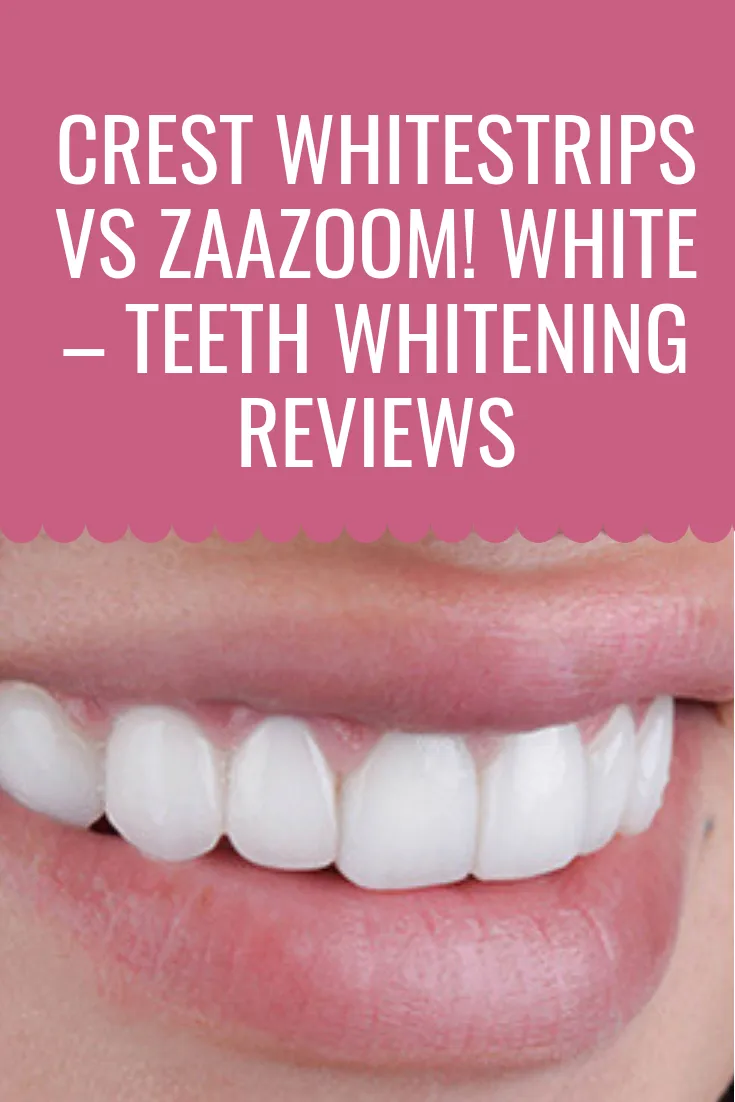
Teeth whitening is a cosmetic dental procedure designed to lighten the shade of your teeth and remove stains or discoloration. It works by using bleaching agents, typically hydrogen peroxide or carbamide peroxide, which penetrate the enamel and dentin to break down stain molecules. The effectiveness of teeth whitening depends on the type of stains, the concentration of the bleaching agent, and the duration of treatment. Common causes of tooth discoloration include aging, consumption of staining foods and drinks (coffee, tea, red wine), tobacco use, and certain medications. Understanding the science behind teeth whitening helps in making informed decisions about the most suitable methods for achieving a brighter smile. A successful whitening treatment significantly enhances the overall appearance of teeth, and boosts confidence in the long run.
How Teeth Whitening Works
The core of teeth whitening lies in the chemical reaction initiated by the bleaching agents. These agents, typically hydrogen peroxide or carbamide peroxide, release oxygen molecules that penetrate the enamel and dentin. These oxygen molecules then react with the stain molecules, breaking them down and causing the teeth to appear lighter. The process doesn’t change the structure of the tooth; it simply alters the color of the existing enamel and dentin. The concentration of the bleaching agent and the duration of the treatment influence the degree of whitening achieved. Professional treatments use higher concentrations and can achieve more dramatic results in a shorter time. At-home methods use lower concentrations, requiring more time to produce visible changes. It’s a delicate process, and proper guidance from a dental professional is crucial.
Different Types of Teeth Whitening
Teeth whitening options range from over-the-counter products to professional treatments. Over-the-counter options include whitening toothpaste, strips, and gels, which contain lower concentrations of bleaching agents. While these can offer some improvement, the results are often less dramatic and take longer to achieve. Professional teeth whitening, performed by a dentist, offers more effective and faster results. This can involve in-office procedures, using high-concentration bleaching agents activated by a special light, or custom-fitted take-home trays with stronger bleaching gels. The choice of method depends on the individual’s needs, the severity of discoloration, and desired results. Consulting with a dentist helps determine the most appropriate approach for achieving a brighter smile efficiently and safely. Understanding the differences is key to achieving the best outcome.
Professional Teeth Whitening Options
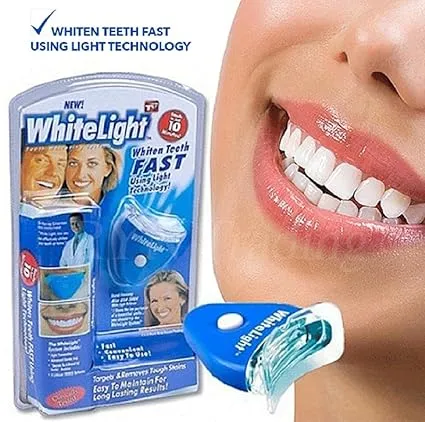
Professional teeth whitening offers significant advantages over over-the-counter methods. Dentists can use higher concentrations of bleaching agents, leading to faster and more dramatic results. There are two primary professional options: in-office whitening and take-home whitening kits provided by the dentist. In-office whitening involves the dentist applying the bleaching agent directly to the teeth, often activating it with a special light or laser to accelerate the process. These treatments typically take about an hour and can lighten teeth several shades in a single session. Take-home kits include custom-fitted trays and a stronger bleaching gel than over-the-counter products, allowing for more effective whitening at home. Both options provide personalized care and guidance from a dental professional, ensuring safety and optimal results. Seeking professional advice is always recommended.
In-Office Whitening Procedures
In-office teeth whitening is a popular choice for those seeking immediate and dramatic results. The procedure typically begins with the dentist protecting your gums and lips with a protective barrier. Then, a high-concentration bleaching agent is applied to the teeth. To enhance the whitening process, a special light or laser is often used, which activates the bleaching agent and accelerates the reaction. The treatment usually lasts for about an hour, and multiple applications of the bleaching agent may be performed during the session. After the procedure, you may experience some sensitivity, but this usually subsides within a few days. The results are visible immediately, often lightening teeth by several shades. This approach is the fastest way to achieve a significantly brighter smile under the supervision of a dental professional.
At-Home Whitening Kits
At-home whitening kits provide a convenient and cost-effective way to whiten your teeth, often under the guidance of a dentist. These kits typically involve custom-fitted trays, made by your dentist to perfectly fit your teeth, and a bleaching gel with a concentration stronger than that found in over-the-counter products. The dentist provides instructions on how to use the trays and gel, typically recommending wearing them for a specific amount of time each day or night for a set period. The advantage of professional take-home kits is the combination of higher potency bleaching agents and the tailored fit of the trays, which ensures even coverage and minimizes gum irritation. While the results may take longer to appear than with in-office treatments, they are generally more effective than over-the-counter options, and the dentist can monitor your progress.
Choosing the Right Teeth Whitening Method
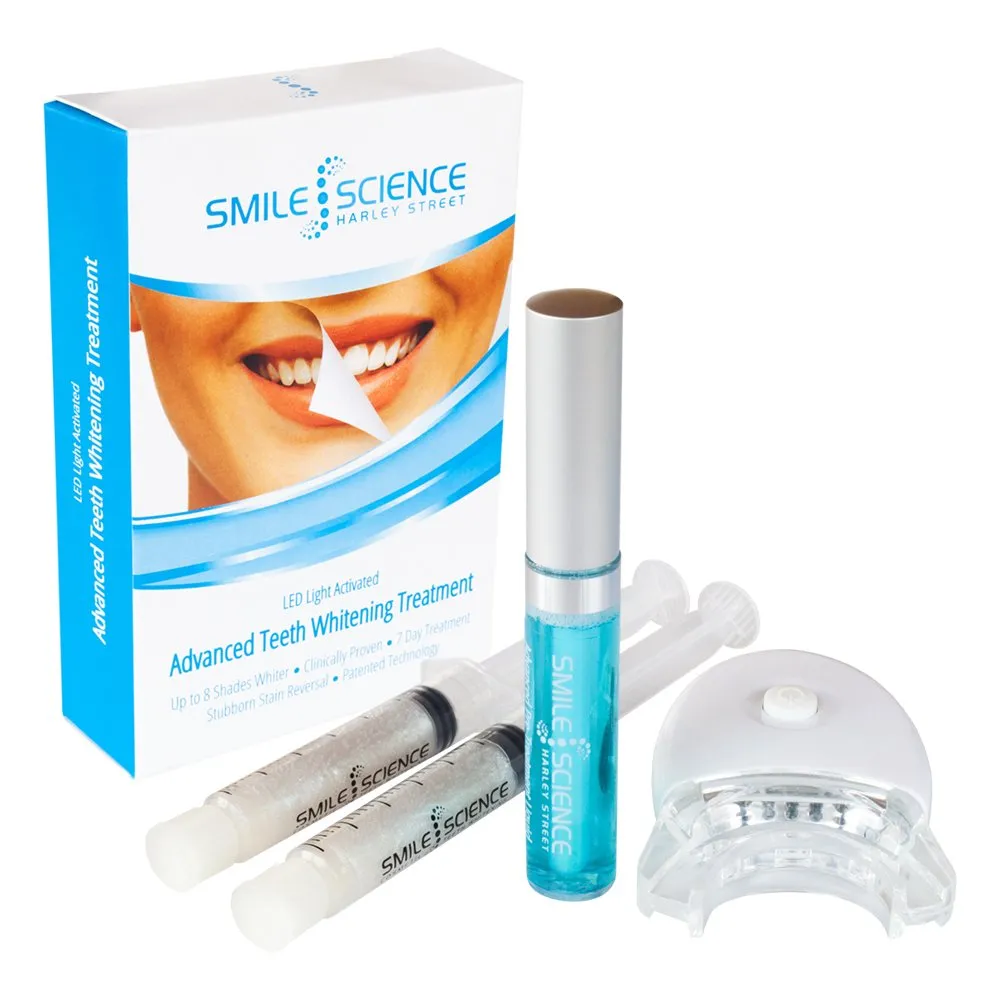
Choosing the right teeth whitening method depends on several factors, including your desired results, the severity of your stains, your budget, and your tolerance for sensitivity. If you want immediate and dramatic results, in-office whitening is the fastest option. For a more gradual approach with professional guidance, a take-home kit provided by your dentist is a good choice. Over-the-counter products are a more budget-friendly option but may offer less dramatic results and require more time. Consult with your dentist to determine the best method for your specific needs. They can assess your teeth, identify the type of stains, and recommend the most effective and safe whitening treatment. Prioritizing a healthy smile is key.
Factors to Consider Before Whitening
Before undergoing teeth whitening, several factors should be considered to ensure the best results and prevent complications. Your dentist will assess the health of your teeth and gums to determine if you are a suitable candidate. Existing dental work, such as fillings, crowns, and veneers, will not whiten with the bleaching agents, and may need to be replaced to match your new smile. Tooth sensitivity is a common side effect of whitening, so your dentist may recommend desensitizing toothpaste. The type and severity of your stains also play a significant role in determining the effectiveness of the treatment. It’s crucial to have realistic expectations and understand that results can vary. A thorough consultation with your dentist is the best way to prepare for a successful and safe teeth whitening experience.
Ideal Candidates for Teeth Whitening
Ideal candidates for teeth whitening are those with healthy teeth and gums and who are looking to improve the appearance of their smiles. Individuals with extrinsic stains, caused by foods, drinks, and tobacco, typically see the best results. Those with sensitive teeth or existing dental work should consult with their dentist to discuss potential risks and alternative options. Teeth whitening is generally not recommended for pregnant or breastfeeding women. It’s essential to have realistic expectations; the procedure won’t change the color of existing fillings, crowns, or veneers, and the results vary. A dental professional will assess your oral health and suitability for the treatment, helping you make informed decisions about achieving a brighter, more confident smile.
Expected Results and Maintenance
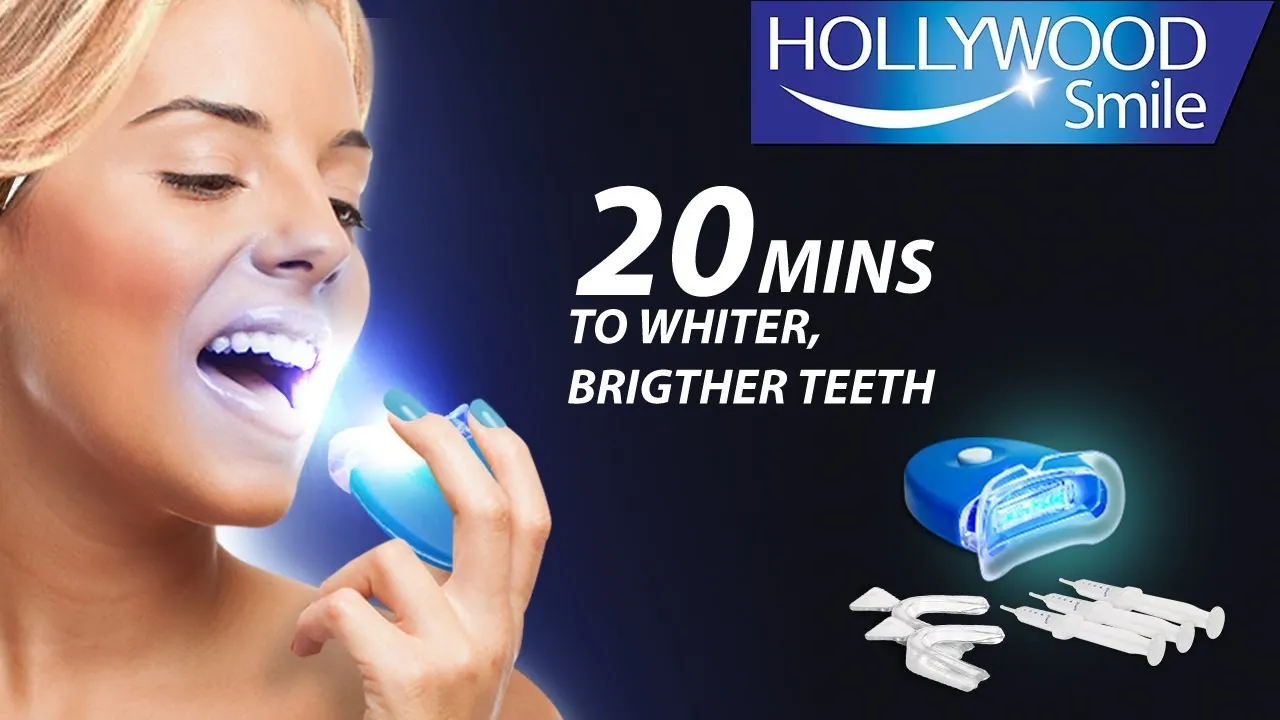
The results of teeth whitening vary depending on the method used and the individual’s teeth. Professional in-office treatments typically provide the most dramatic and immediate results, with teeth often becoming several shades lighter in a single session. At-home whitening kits also yield noticeable results over a few weeks. Over-the-counter products may offer a subtle improvement over a longer period. To maintain your bright smile, it’s crucial to practice good oral hygiene, including brushing twice a day, flossing daily, and regular dental check-ups. Avoiding staining foods and drinks, such as coffee, tea, and red wine, can also help. Periodic touch-up treatments may be necessary to maintain the desired level of whiteness. The lasting impact of your whitening treatment is very dependant on your lifestyle.
Maintaining Your Hollywood Smile
Maintaining a Hollywood Smile requires a commitment to good oral hygiene and lifestyle adjustments. Regular brushing with a whitening toothpaste helps remove surface stains, while flossing removes plaque and debris between teeth. Avoiding or minimizing the consumption of staining foods and drinks, such as coffee, tea, red wine, and dark-colored berries, is crucial. Quitting smoking or avoiding tobacco products also helps preserve your bright smile. Periodic touch-up treatments, either at home or in the dental office, may be needed to maintain the desired level of whiteness. Consistent dental check-ups and professional cleanings are also essential for long-term oral health and a beautiful smile. Making these practices part of your routine will help you enjoy a confident smile for years to come.
Proper Oral Hygiene Practices
Proper oral hygiene is the cornerstone of a healthy and beautiful smile. Brush your teeth at least twice a day with fluoride toothpaste for two minutes each time. Use gentle, circular motions to clean all surfaces of your teeth, including the front, back, and chewing surfaces. Floss daily to remove plaque and food particles from between your teeth, where a toothbrush can’t reach. Consider using an antimicrobial mouthwash to further reduce bacteria and freshen breath. Regular dental check-ups and professional cleanings are essential for preventing cavities, gum disease, and maintaining your overall oral health. Following these practices will not only help maintain the brightness of your teeth but also prevent more serious dental problems.
Foods and Drinks to Avoid
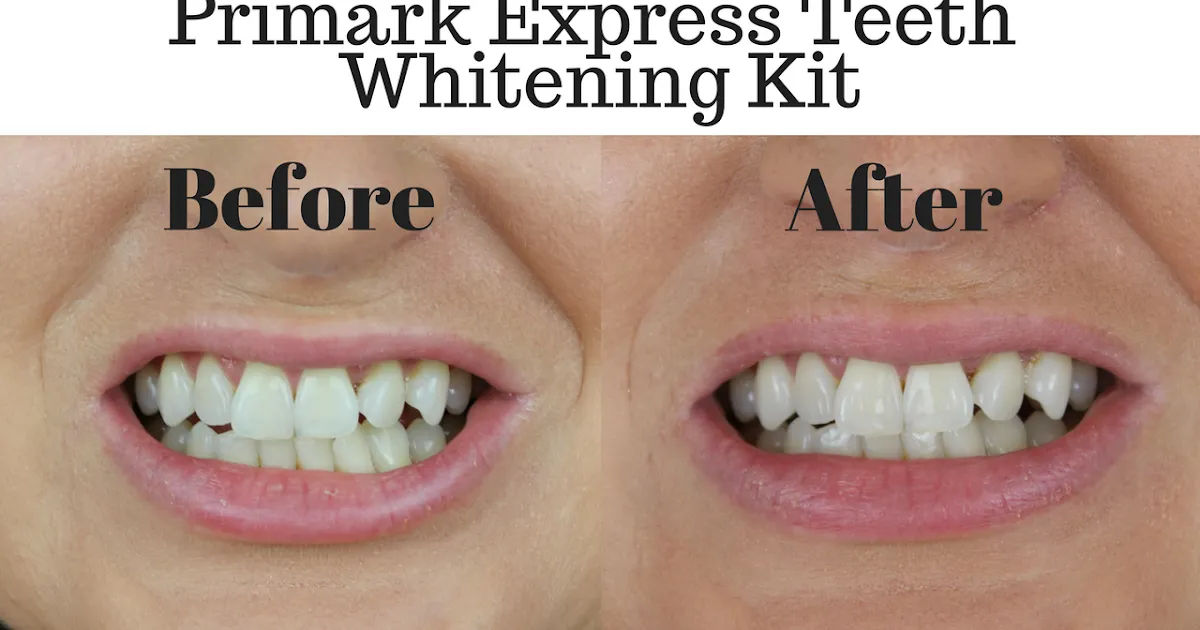
To maintain a bright and white smile, it’s important to limit the consumption of foods and drinks that can stain your teeth. Coffee, tea, red wine, and dark-colored sodas are notorious for staining teeth. Berries, such as blueberries, blackberries, and raspberries, also contain pigments that can discolor enamel. Tomato-based sauces, curries, and other heavily spiced foods can contribute to staining. Tobacco use, whether through smoking or chewing, is a major cause of tooth discoloration. If you consume staining substances, rinse your mouth with water or brush your teeth soon afterward to minimize their impact. Making mindful choices about your diet helps to preserve the results of your whitening treatments and keep your smile shining.
Regular Dental Check-ups
Regular dental check-ups are crucial for maintaining a healthy and beautiful smile. These check-ups typically involve a professional cleaning to remove plaque and tartar, which can’t be removed by brushing and flossing alone. Your dentist will also examine your teeth and gums for signs of cavities, gum disease, and other oral health issues. Early detection and treatment of dental problems can prevent more serious complications and expensive procedures down the line. During your check-up, your dentist may also provide advice on proper oral hygiene techniques and recommend teeth whitening or other cosmetic treatments. Scheduling regular check-ups every six months is a proactive step towards ensuring long-term oral health and a confident, radiant smile.
The Cost of a Hollywood Smile
The cost of achieving a Hollywood Smile can vary significantly depending on the procedures involved and the dentist’s fees. Simple teeth whitening treatments are typically less expensive than more extensive procedures, such as veneers or crowns. In-office whitening is generally more costly than at-home whitening kits. The price also depends on the geographic location and the dentist’s experience. A comprehensive smile makeover, which may include multiple procedures, can be a significant investment. It’s essential to discuss the costs and payment options with your dentist before starting any treatment. Many dental practices offer financing plans or payment options to help make the procedures more affordable. Researching the prices and knowing the total cost ensures a good understanding of the investment.
Budgeting for Teeth Whitening
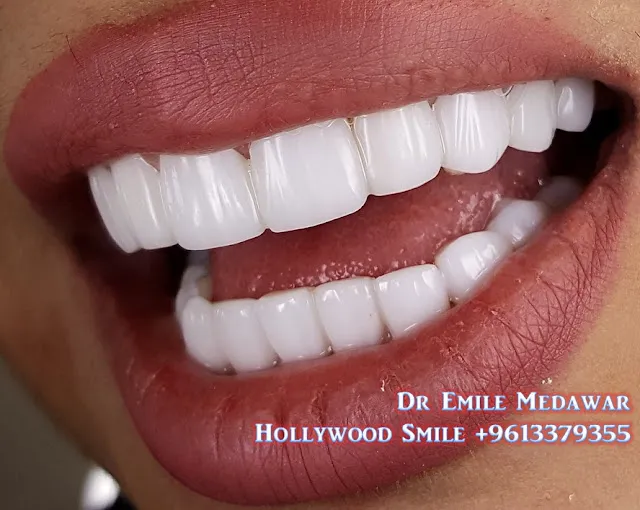
Budgeting for teeth whitening involves assessing your financial resources and understanding the costs associated with different treatment options. Start by researching the prices of in-office whitening, take-home kits, and over-the-counter products. Consider the long-term costs, including the need for touch-up treatments and potential maintenance. Discuss payment options with your dentist, such as financing plans or installment payments. Explore whether your dental insurance covers any portion of the procedure, as some plans may offer coverage for teeth whitening. Setting a realistic budget helps you make informed decisions and avoid overspending. Prioritizing your budget and researching is essential for ensuring you’re investing wisely in your smile.
Finding a Qualified Dentist
Finding a qualified dentist is crucial for ensuring a safe and effective teeth whitening experience. Start by asking for recommendations from friends, family, or your general dentist. Research dentists online, reading reviews and checking their qualifications and experience. Look for a dentist who specializes in cosmetic dentistry and has experience performing teeth whitening procedures. Schedule consultations with multiple dentists to discuss your goals and treatment options. During the consultation, ask questions about their experience, the techniques they use, and the potential risks and benefits. Make sure the dentist uses high-quality materials and follows proper safety protocols. Choosing a dentist who you trust and feel comfortable with is vital to a successful outcome and a positive experience.
Researching and Selecting a Dentist
Thorough research is essential when selecting a dentist for teeth whitening. Check the dentist’s credentials, including their education, licenses, and any specialized training in cosmetic dentistry. Review patient testimonials and online reviews to gauge the dentist’s reputation and the experiences of other patients. Examine before-and-after photos of the dentist’s previous cases to assess their aesthetic skills and the results they’ve achieved. Consider the dentist’s communication style and whether they take the time to explain the procedures and answer your questions clearly. Evaluate the dental office’s atmosphere and whether it feels clean, comfortable, and well-equipped. Trust your instincts and choose a dentist who inspires confidence, demonstrating expertise and a commitment to providing the best possible care for your smile.
